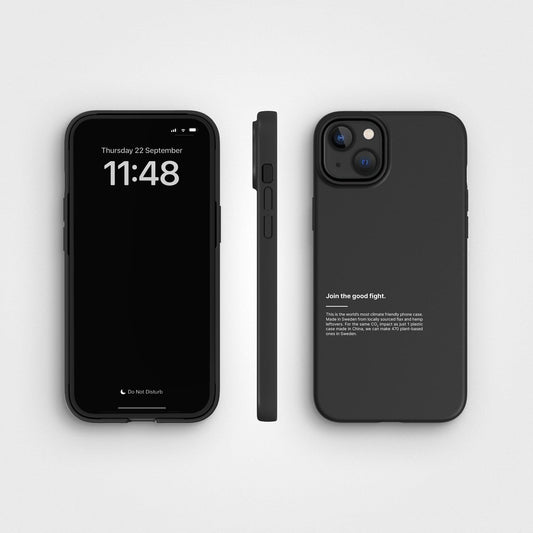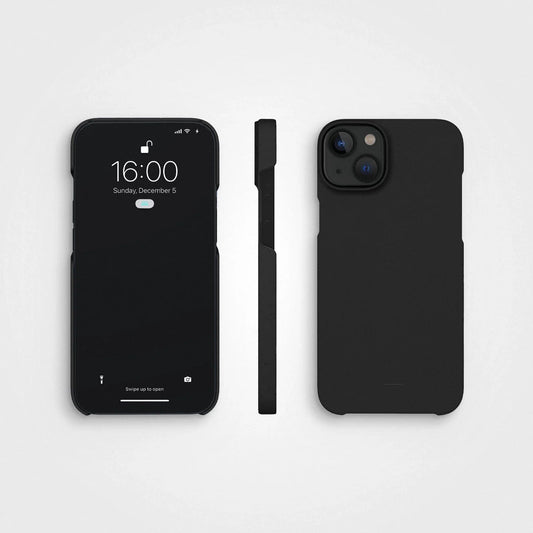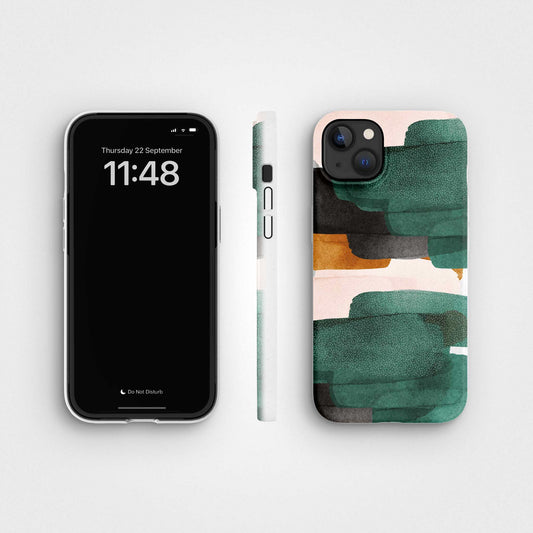"During my studies I rediscovered how much fun it is to create. In my youth I loved to create things with my hands, work with clay and build lego. I was always building lego – my parents almost had to drag me away from that lego-city (for my own sake) as i started reaching my teens."
Mikael Ahrbom interviewed by A Good Company's Emilia Cullborg.
Mikael Ahrbom – you are an award-winning architect with years of experience working with sustainable design.
Where did it all begin - why did you become an architect?
I actually never thought I would choose this career path. My entire family is made up of architects, so it was actually the last thing I wanted to be. But my perspective on architecture completely changed when I visited my sister at her architect school in Stockholm.
There they were, playing with sticks, sketching, building towers with toothpicks and there were drawings all over the walls.
That’s when I realised, this is what I’m passionate about - why should I not pursue it? In that moment I decided, this is what I want to study.
During my studies I rediscovered how much fun it is to create. In my youth I loved to create things with my hands, work with clay and build lego. I was always building lego – my parents almost had to drag me away from that lego-city (for my own sake) as i started reaching my teens.

What was it like growing up with two architects as parents?
We never had painted walls in our home, instead we covered them with our drawings. Even the floors were covered in paper, all we had to do was pull out our brushes and start painting!
That’s the funny thing about architects – everyone expects their home to be neat and stylish and often it’s quite the opposite.
When we get home, we’re off-duty and that should feel relaxed and light hearted.
Ok so if your off-duty environment is relaxed, what is your on-duty environment like?
I work at an architect-office, however architects do things a little differently than other professions I think. When other companies devote a week to taking courses, we travel the world to study the architecture. It’s our way of learning and getting inspired.

When we travel, we have local architects showing us the small gems. Every city has them. Every trip is planned in advance and in much detail, so there’s a packed schedule from morning to evening. It’s so much fun.

That sounds like a lot of fun! Are all architects generally fun people?
That I can’t claim! I’ve actually always said that “I’m never going to marry an architect” because it can also be a little too much, especially having grown up with both of my parents being architects.
But architects seem to have a pretty good reputation. At least when I studied architecture in Stockholm. We were known for having the best parties because we always had themes, and everyone enjoys getting creative.
This philosophy definitely still lives on – when everyone goes to nice restaurants to have their Christmas lunch, we host a themed party. Last year we created an entire viking forest. Everyone gets involved and it’s a lot of fun!
At times however, being so engaged in our projects makes it difficult to set boundaries. There can be a lot of late evenings and working at night. This is something we’ve done ever since school, there were lots of people that stayed overnight at school if they had a project to finish.
But of course, we think it’s a lot of fun and when we’re off work we really let loose.
It sounds as though architects are very passionate, could you tell us a little about your passion within architecture?
I want to live with architecture. I yearn to create environments where people can live, appreciate and understand without having to be architects or philosophers.
A question which is very fundamental in my work is “how do I create a safe and inspiring environment through architecture?”. We’ve created a triangular apartment building where the corners are used to build things like gyms and street basket.

This also allows us to consider those people who don’t live in the building, but around it. From a far, they’ll be able to see these big windows with blinking lights and people running, dancing or playing basketball. These living spaces are intended to harmonize with the rest of the environment and be equally inspiring for those passing by.

My goal isn’t to solely build good-looking homes. It’s equally important that they are cost-efficient, utilize every square meter and save resources and make it affordable for many more.
"I love seeing my finished projects and finding that people feel good living there. That brings me great joy."
When would you consider a project to be 'successful'?
A project is successful, in my view, when our resources are used to their full capacity and in a pleasant way. The pleasant being the opportunity to utilize those remaining 10 or 20 percent to create social spaces such as a running track on the roof or an ICA (grocery store) on the bottom floor (so that people can order groceries on their app which I’ve also developed).
I love seeing my finished projects and finding that people feel good living there. That brings me great joy.

Building smaller, more efficient living spaces is a large aspect of your architecture. In which ways can this be linked to social sustainability?
Through saving resources and not building bigger homes than we need to, we’re creating a feeling of mobility and freedom in more creative, social ways. These homes have large windows and viewpoints which look over green areas.
The purpose of building smaller homes is also to give inhabitants a reason to say “let’s meet on the roof” instead of home. In turn, you’ll meet new people, this creates social sustainability. We want to eradicate involuntary loneliness.

Alongside social sustainability, environmental sustainability is also a foundation for all of your projects – does this make it more expensive to live in the houses you build?
No, actually it’s quite the opposite. It’s less expensive. Passive houses is another kind of sustainable housing that exists in Sweden. The concept of this kind of housing is that no more than 15 kWh/m² is used per year.
Although most of our housing also live up to this, we don’t label them as Passive houses as it would cost us a lot of money to have consultants measuring this regularly.
Instead, we’ve developed an app called @Home which allows inhabitants to keep track of how much energi they’re using every month. This way, they can fully control how much electricity, warm and cold water they’re depleting. All users on the app are anonymous and can see how much other homes are depleting. This creates a friendly little competition, to saves as much energy as possible!

You’ve been awarded ‘Housing of the Year’ for you project in Uppsala. Do you have any dream projects which you haven’t pursued yet?
Well, this is of course on a larger scale and I would love to work with an entire city – create social spaces that spread a warm and active atmosphere.
On a smaller scale I love to build smaller, safe summerhouses close to the nature. I think that both the small and the large projects are equally valuable. That’s probably why I never get bored of what I do.
If you're curious to learn more about Mikael and his work you can visit sustainvr.com or rosendalfastigheter.se. You can also keep up with his everyday projects on instagram.






























